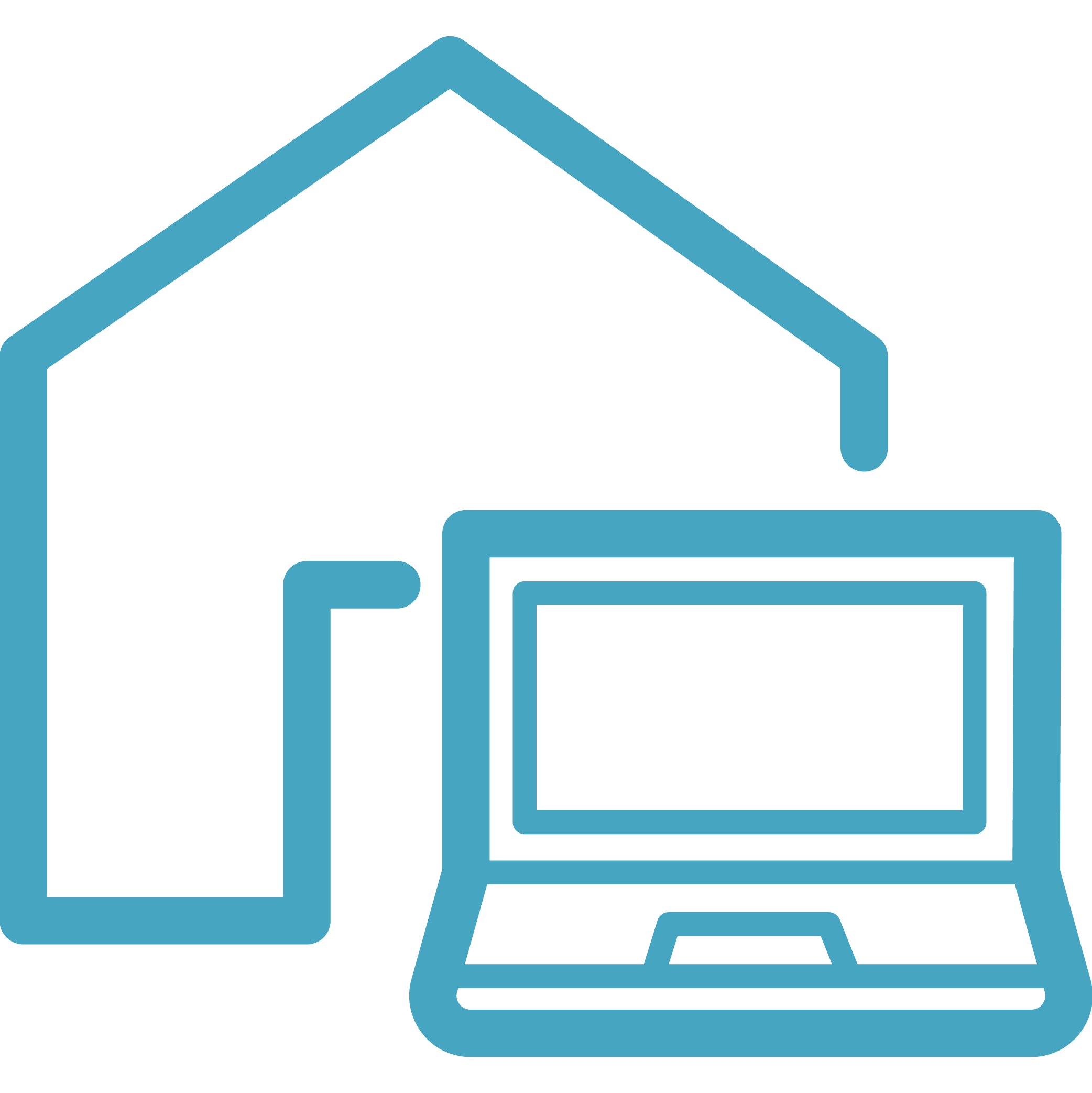There is no single data source about the recipients of evidence-based early childhood home visiting services. The NHVRC reached out to home visiting models considered evidence based in 2020 and to state, territory, and tribal Maternal, Infant, and Early Childhood Home Visiting (MIECHV) Program awardees.
Their collective response, while less robust than in previous years due to the COVID-19 pandemic, moves us closer to depicting the hundreds of thousands of families working with evidence-based home visiting programs to pursue better lives. We recognize the information presented in the 2021 Home Visiting Yearbook likely undercounts the reach of home visiting services in 2020; still, we believe it presents the best nationwide look at home visiting services in this unprecedented time.
Fifteen evidence-based models operating across the United States in 2020 provided data on the number of families and/or children served.
According to the data received—
Of the more than 3.2 million home visits provided, at least—
The number of virtual visits provided is likely much higher due to challenges differentiating virtual and in-person visits in some data systems. All 15 evidence-based models sharing data for the 2021 Yearbook said they delivered services virtually; however, only 12 provided counts of virtual home visits. Despite some gaps in data reporting, most models did develop guidance or definitions in 2020 to support programs in delivering virtual services. For example, most considered the type of technology used (e.g., video conferencing, phone calls) and the content covered to distinguish virtual home visits from other family interactions.
Learn More About the National Landscape
Although the number of families served by evidence-based models is substantial, it represents only 1.7 percent of the approximately 17.6 million pregnant caregivers and parenting families who could benefit from home visiting. The percentage of families served rises to 3.4 percent if one restricts the pool of potential beneficiaries to our estimate of high-priority families. (Source: The 3.4 percent estimate makes the simplifying assumption that the 298,798 families served are high-priority families.)Go to footnote #>1
Percentage of Families Served (2020)

Source: Calculations based on data collected from 15 evidence-based models operating in the United States in 2020, and tabulations of the [American Community Survey](https://www.census.gov/programs-surveys/acs/) (2015–2019).
What Do We Know About Other Home Visiting Models?
The Home Visiting Yearbook primarily shares data on home visiting provided by models designated as evidence based by the Home Visiting Evidence of Effectiveness (HomVEE) project. Since 2018, we have explored information about emerging home visiting models that demonstrate some evidence of effectiveness but have not been designated by HomVEE as evidence based.
Many emerging models are well established, and several meet some criteria of rigorous evidence. All play an important role in the home visiting landscape, often serving many families or being implemented across several locations.
There is no one-size-fits-all approach to designating models as evidence based. Entities such as HomVEE, the National Registry of Evidence-based Programs and Practices, and state-level organizations use different—although sometimes overlapping—criteria to review a program’s effectiveness. For example, HomVEE looks at the type of study used to evaluate a model and study characteristics such as attrition and confounding factors.
Evidence builds along a continuum. Although the process may seem linear, various steps or iterations are often involved in moving forward along the continuum. Some emerging models will reach the final phase of the continuum with time. Others may not advance for various reasons. For example, rigorous evaluation takes time and money, and programs may not have enough personnel to conduct an experimental study.
Continuum of Evidence for Home Visiting Models

Sources:
FRIENDS National Resource Center. (n.d.). Evidence-based practice in CBCAP. [https://friendsnrc.org/evaluation-toolkit](https://friendsnrc.org/evaluation-toolkit)
State of Michigan. (n.d.). Effective and promising practice interventions for increasing healthy eating, increasing physical activity and decreasing tobacco use and exposure in community-based settings. [https://www.michigan.gov/documents/mdch/BHC_TA_Manual_2008-09_244485_7.pdf](https://www.michigan.gov/documents/mdch/BHC_TA_Manual_2008-09_244485_7.pdf)
Child Care and Early Education Research Connections. (n.d.). Child care & early education glossary. [https://www. researchconnections.org/childcare/childcare-glossary](https://www.researchconnections.org/childcare/childcare-glossary)
Philadelphia’s Department of Behavioral Health and Intellectual disAbility Services. (n.d.). Frequently asked questions: Evidence-based practices. [https://dbhids.org/epic/frequently-asked-questions#toggle-id-4](https://dbhids.org/epic/frequently-asked-questions#toggle-id-4)
Cooney, S. M., Huser, M., Small, S., & O’Connor, C. (2007). Evidence-based programs: An overview. What Works, Wisconsin Research to Practice Series 6. University of Wisconsin–Madison/Extension.

